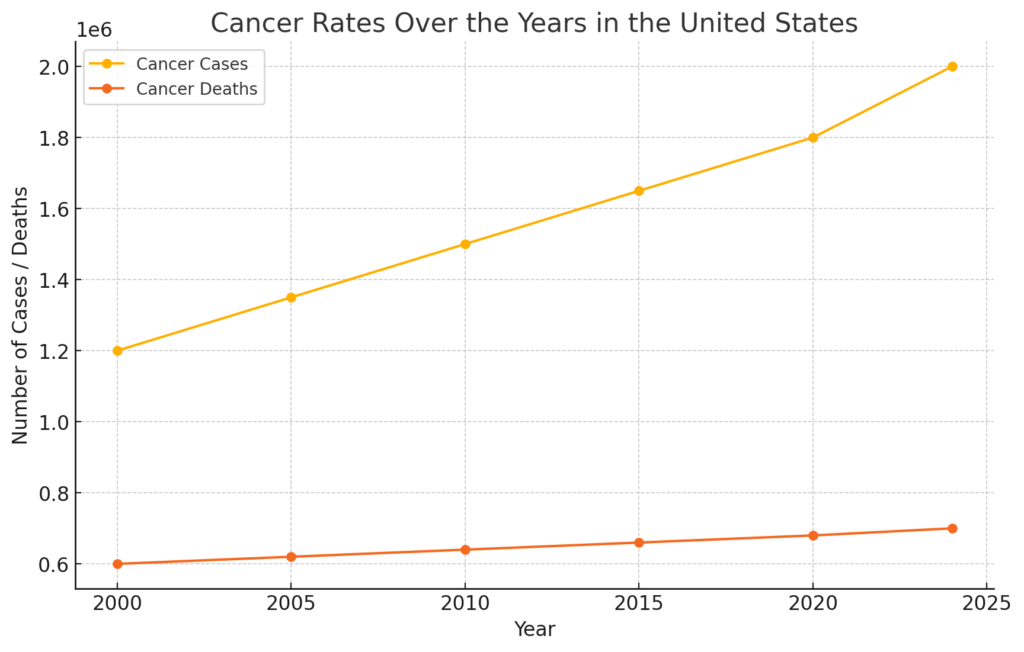Rising Cancer Rates Across Generations
Recent studies reveal a concerning trend: cancer incidence rates are rising across generations in the United States. This pattern is particularly evident among Generation X and Millennials, who are facing higher cancer risks compared to Baby Boomers. Factors contributing to this rise include lifestyle changes, environmental exposures, and possibly, advancements in cancer detection and reporting.

Key Findings
- Generational Shifts: Generation X is projected to experience higher cancer rates than Baby Boomers. This shift is partly due to lifestyle factors like diet and physical activity, but other less understood factors may also play a role. For more information, see the detailed statistics from the American Cancer Society.
- Common Cancers on the Rise: Several common cancers are seeing increased diagnoses, including breast, prostate, endometrial, pancreatic, kidney, and melanoma. This rise threatens the overall decline in cancer mortality rates observed over the past decades. For insights on specific cancer trends, refer to the American Cancer Society’s 2024 Report.
- Impact of Early-Onset Cancers: Younger adults are increasingly being diagnosed with cancers traditionally associated with older age groups. This trend includes colorectal cancer in people under 55 and liver cancer in women. Detailed information can be found in the report by the National Cancer Institute.
- Obesity and Cancer: Excess body weight is strongly linked to an increased risk of several cancers. As obesity rates have climbed, so too have the incidences of endometrial, liver, kidney, pancreatic, colorectal, and breast cancers. Learn more about the connection between obesity and cancer on the CDC’s website.

The Role of Screening and Prevention
While the rise in cancer diagnoses is alarming, early detection through screening remains a critical tool in combating cancer. Screening tests for breast, prostate, colorectal, and cervical cancers can detect precancerous conditions and early-stage cancers, significantly improving treatment outcomes. For more details on cancer screenings, visit the American Cancer Society’s Screening Guidelines.
The rising cancer rates across generations highlight the need for continued research, prevention efforts, and public health initiatives to address this growing health concern. Understanding the underlying causes and enhancing early detection methods will be crucial in reversing these trends.







It’s alarming to see the rising cancer rates across generations, as highlighted in the 95health.com article. This trend emphasizes the need for increased awareness, early detection, and preventive measures. Factors like lifestyle changes, environmental exposures, and genetic predispositions play significant roles in these growing statistics. It’s crucial for public health initiatives to address these issues and promote healthier living to curb this worrisome trend.
Yes you are right. No one is immune
It’s alarming to see the rise in cancer rates across different generations, as highlighted in the 95Health article. The increasing prevalence underscores the need for enhanced preventive measures and awareness about lifestyle factors contributing to cancer. This trend also calls for more investment in research to understand the underlying causes and develop better treatments. The intergenerational increase in cancer incidence might be linked to environmental changes, dietary habits, and possibly even genetic factors influenced by lifestyle changes over time. It’s crucial for public health policies to address these issues comprehensively to curb the growing cancer rates.
Your drug addiction services are good. I appreciate.